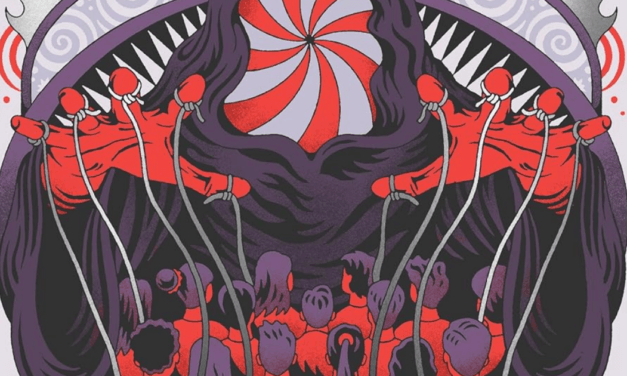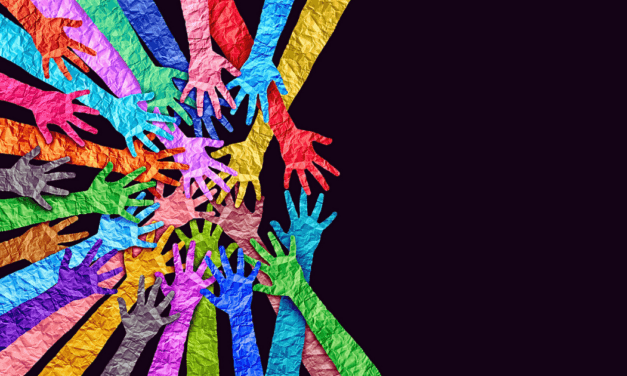Also important in the philosophy and practice of yoga are the concepts of prana and the seven chakras. Prana is the Hindu concept of a life force that pervades the universe. Prana is believed to flow through the human body by way of energy pathways called nadis through seven chakras (from the Sanskrit word meaning wheel or disc), which are psychic energy centers located at critical points up and down the human nervous system.
The first chakra, called muladhara, is believed to be located at the base of the spine and is associated with the guna tamas, and therefore with darkness, dullness, and animal instincts. It represents physical survival and it is associated with the most primitive state of human consciousness possible. The kundalini energy (see “Kundalini Yoga” below) sleeps within this chakra, waiting to be aroused, and its eventual rise to each ascending chakra is also an assent to a relatively higher state of consciousness.
The second chakra, swadhistana, is located in the region of the genitals. This chakra is associated with the guna Raja, and people who are under its influence are, of course, obsessed with sex.
The third chakra, manipura, is believed to exist in the area of the navel and is called the power chakra. It too is associated with the guna Raja, and people who are living at the level of this chakra are driven by ambition and the desire for power or success.
The fourth chakra, known as anahata, is the heart chakra. It and all subsequently ascending chakras are associated with the guna Sattva, until one reaches the final, crown chakra, which transcends the gunas. The heart chakra is associated with selfless emotion.
The fifth chakra, visuddha, is located in the region of the larynx. It is associated with asceticism, spiritual discipline, and the beginnings of mystical experience.
The sixth chakra, ajna, is located above and between the eyes (hence the concept of the “third eye”). It represents the vision of God and is considered a very high spiritual level from which to live.
The seventh chakra, “sahasrara or ‘Thousand Petalled-Lotus,’ located at the very top of the head, is technically speaking not a chakra at all, but the summation of all the chakras.”5 It represents samadhi, and so someone living at this level would be regarded as enlightened. In the entire universe, nothing escapes the influence of the gunas except those who have attained samadhi. Whereas the sixth chakra is “conditioned rapture,” the seventh is “unconditioned rapture.”








